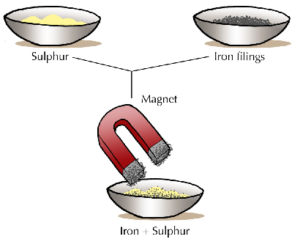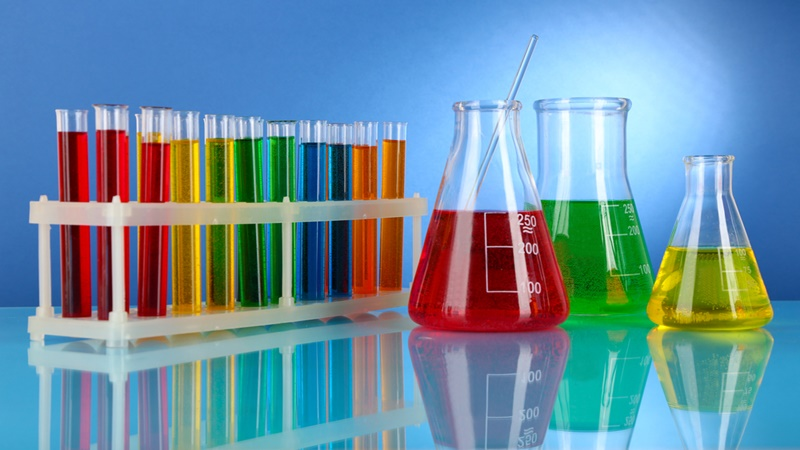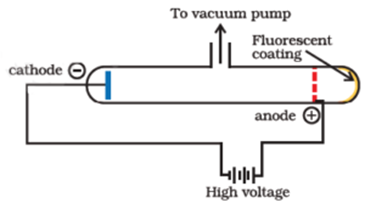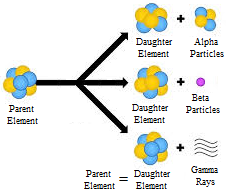Science > Chemistry > Laws of Chemical Combinations > Dalton’s Atomic Theory In this article, we shall study the meaning of physical changes and chemical changes, and the very important concept of chemistry known as dalton’s atomic theory which became a stepping stone in the development of chemistry. Physical Changes and Chemical Changes: Physical Changes: […]
Dalton’s Atomic Theory







